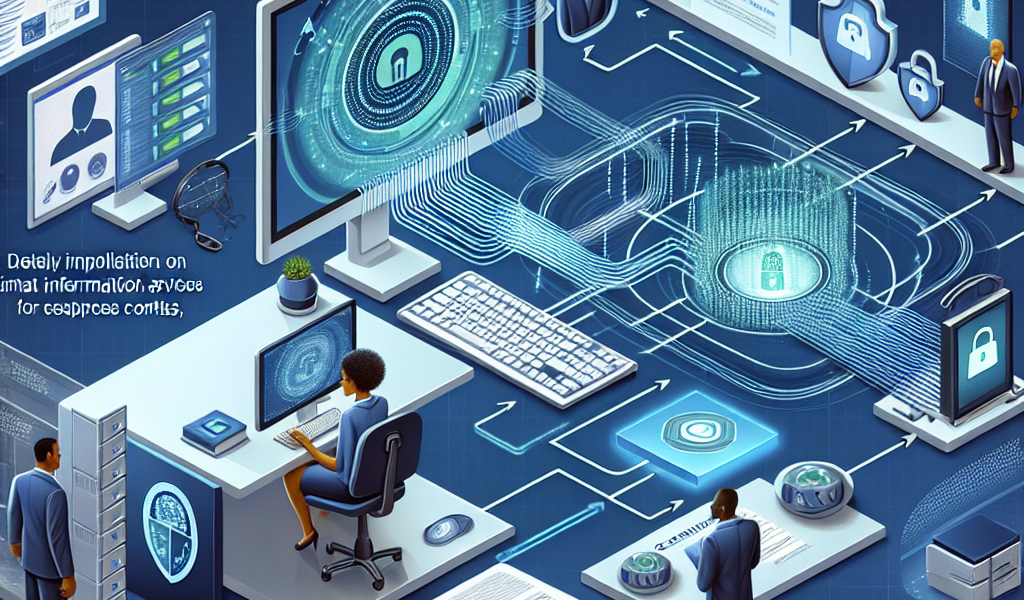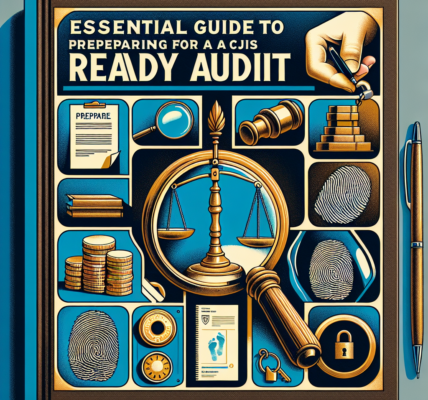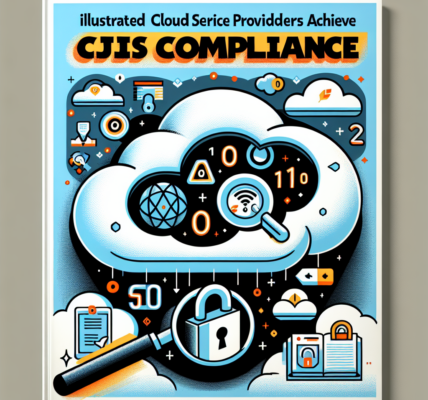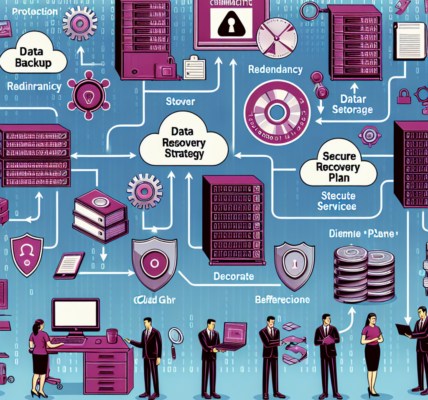===
The safety of sensitive data is paramount, especially within organizations that handle criminal justice information. Understanding CJIS Ready access control measures is crucial for maintaining compliance with stringent regulations while safeguarding your organization from potential breaches. As the digital landscape evolves, so too do the risks associated with inadequate access control. These vulnerabilities can lead to severe consequences, including reputational damage and legal repercussions. This article will delve into the essential principles and effective strategies for implementing CJIS-compliant access control, empowering you to protect your organization while ensuring regulatory adherence.
Key Principles of CJIS Ready Access Control Measures
To navigate the complex landscape of CJIS compliance, it is essential to grasp the key principles behind CJIS Ready access control measures. At the core of these principles is the concept of least privilege access, which restricts users’ access to only the information necessary for their specific roles. This minimizes the risk of unauthorized access and data breaches. By ensuring that individuals have the least amount of access required, organizations can effectively limit their exposure to potential threats.
Another fundamental principle is user authentication and accountability. Strong authentication methods, such as multi-factor authentication (MFA), ensure that only verified personnel can access sensitive data. This not only secures the information but also holds users accountable for their actions. By incorporating audit trails and logs, organizations can monitor and review user access, enhancing the overall security posture while providing valuable insights into usage patterns that inform future access control decisions.
Lastly, regular access reviews and updates are critical to maintaining a CJIS Ready environment. As personnel changes occur within an organization, so too must access privileges be adjusted accordingly. Conducting periodic audits allows organizations to identify and revoke any unnecessary access rights, further reducing the risk of exposure and ensuring compliance with CJIS standards. This proactive approach fosters a culture of security awareness and helps organizations stay ahead of emerging threats.
Implementing Effective Security Strategies for CJIS Compliance
Implementing robust security strategies for CJIS compliance requires a multi-layered approach. Organizations should invest in training programs that educate employees about the importance of data security and the specific requirements of CJIS. By fostering a culture of cybersecurity awareness, employees become the first line of defense against potential breaches. Regular training sessions can help reinforce best practices, ensuring that all personnel are well-equipped to handle sensitive information responsibly.
In addition to employee training, organizations should leverage advanced technology solutions to enhance access control measures. Implementing role-based access control (RBAC) systems allows organizations to streamline permissions based on user roles. This technology simplifies the management of access rights and ensures that sensitive data is only available to authorized personnel. By integrating cutting-edge technology into their access control strategies, organizations can strengthen their defense against potential security threats.
Finally, it is crucial to create an incident response plan that outlines the steps to take in the event of a security breach. This plan should include protocols for identifying, containing, and mitigating any unauthorized access incidents, as well as communication strategies for notifying affected stakeholders. By preparing for potential breaches, organizations can minimize the impact of such events and demonstrate their commitment to maintaining CJIS compliance, ultimately preserving public trust.
===
Understanding and implementing CJIS Ready access control measures is not just a regulatory requirement; it is a fundamental aspect of safeguarding sensitive data in today’s digital landscape. By adhering to the principles of least privilege, robust authentication, and regular access reviews, organizations can significantly enhance their security posture. Coupled with effective strategies such as employee training, advanced technology integration, and a comprehensive incident response plan, your organization can navigate the complexities of CJIS compliance with confidence. Take action today to fortify your access control measures, ensuring both compliance and the security of your critical information.




